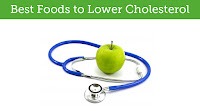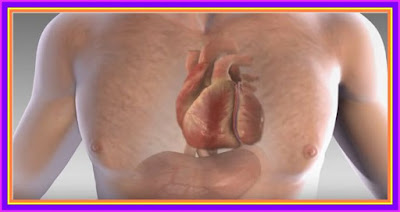 |
| Best Food That is Part of the Diet to Lower Cholesterol |
People have to eat in order to have energy to do certain things. Some are able to make three or four trips to the buffet table while others are satisfied after one round. In any case, the type of food brought to the plate could be healthy or harmful and the choice is really up to the person.
Those who love to eat red meat and other dishes that are fatty or oil are at risk of getting sick. This isn’t diarrhea but something worse which could be life threatening because of the amount of bad cholesterol that is being taken into the body.
The high levels of cholesterol in the body are happening more often now than ever before. This is because of the variety of food offered now in the grocery and in restaurants. The person can still recover from this by eating foods that are not high in saturated fats.
Is there one food product that can be called the best to lower cholesterol? The answer is no because a well balanced diet must come from all the food groups.
Instead of drinking full cream milk or mixing this with cornflakes or whole grain, it is best to use non fat milk instead. The taste is almost the same is much healthier than the regular brand bought in the supermarket.
Instead of having steak when having a cookout or picnic, this should be changed with lean meats instead. These things don’t have that much fat in the center or in the edges and taste just as good as the big slab served with mash potatoes.
The healthiest thing to have either for lunch and dinner is food that comes from the ocean. This can be fish or shellfish that is known to carry Omega 3, which is very effective in lowering the levels of cholesterol in people.
Eating a candy bar or a slice of cake doesn’t see so bad but these things are rich in fat. Those who need to fill the stomach with something should try nuts or fruits instead. These products are rich in fiber as well as have vitamins and minerals that are healthier to consume.
In each meal, the person must not forget to add some fruits in the plate. A salad works best or having a few carrots or potatoes as a side dish. There must always be a balance whenever the individual decides to have meat or fish.
Chicken is not good if this is fried. Those who want to eat it for a change can still do as long as the skin has been removed. This can also be steamed which is a healthier way of cooking it before this is served in a plate.
There are many ways to cook the food mentioned. The individual can get a cookbook or download some recipes from the Internet to be able to come up with something delicious and at the same time lower one’s cholesterol levels.
If following the instructions are hard, there are always shows on television that teach homemakers and other people the basics into cooking something fat free which is good for the diet.
It is never too late to make some lifestyle and changes in order to live a longer and healthier life.








